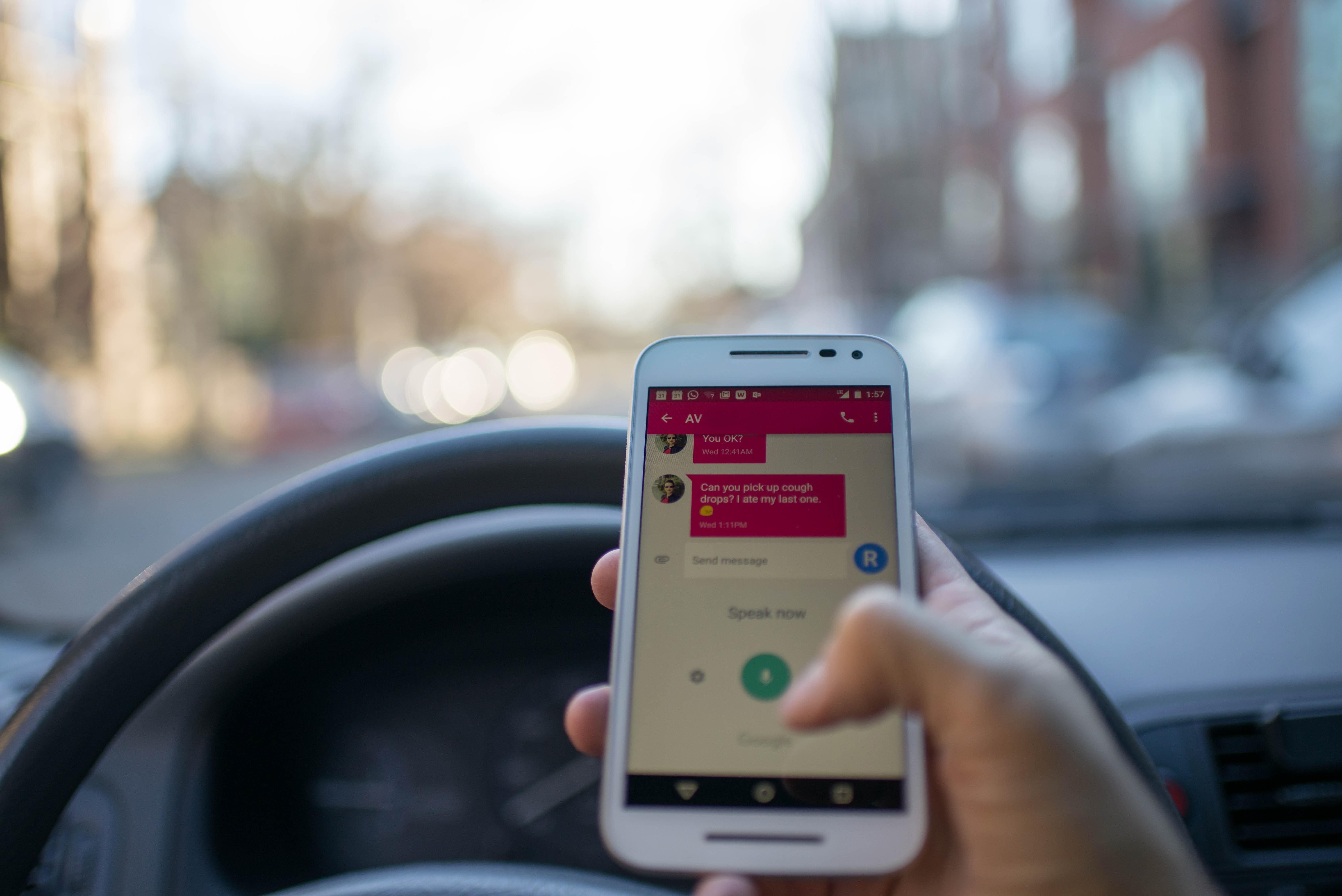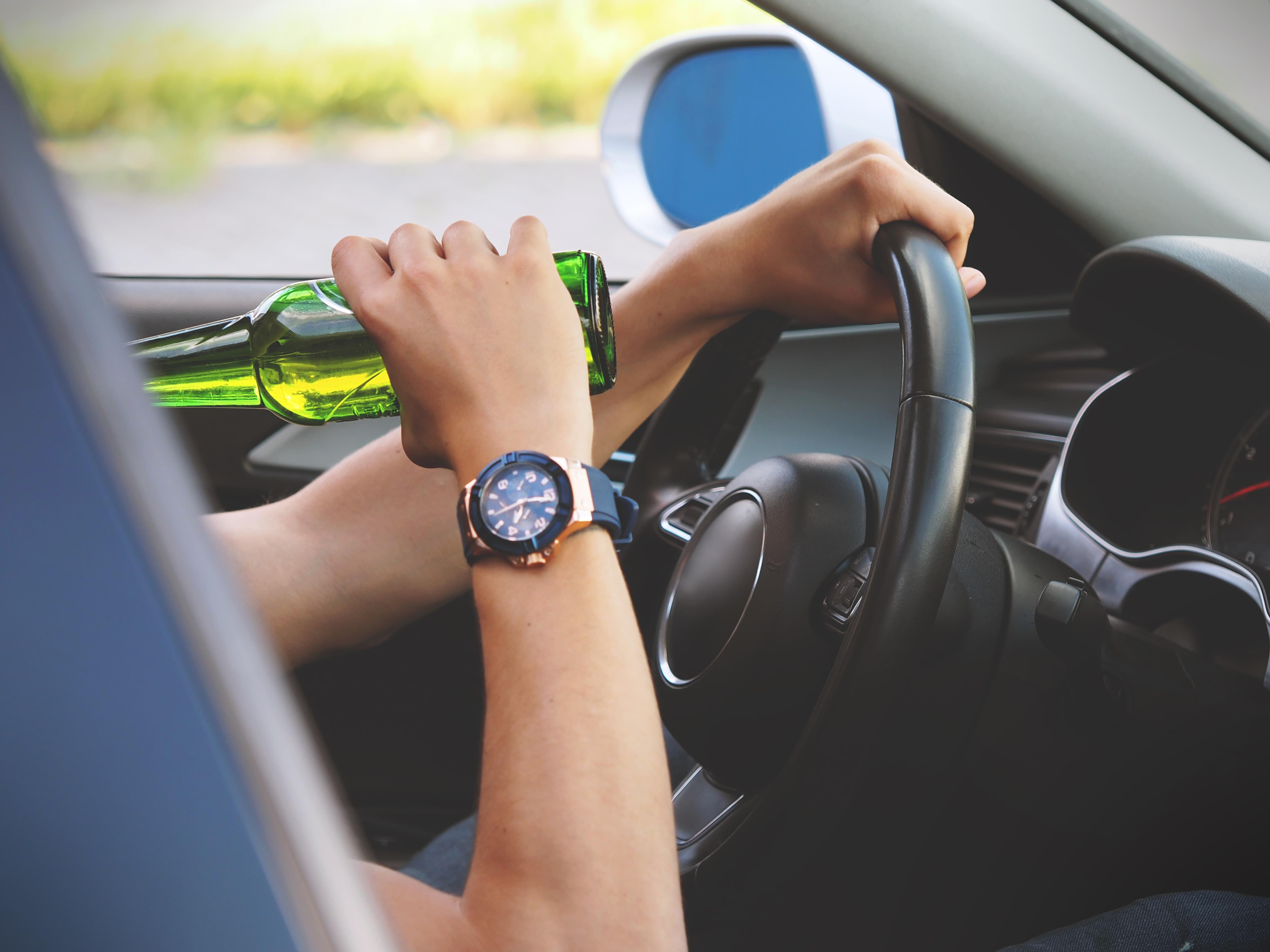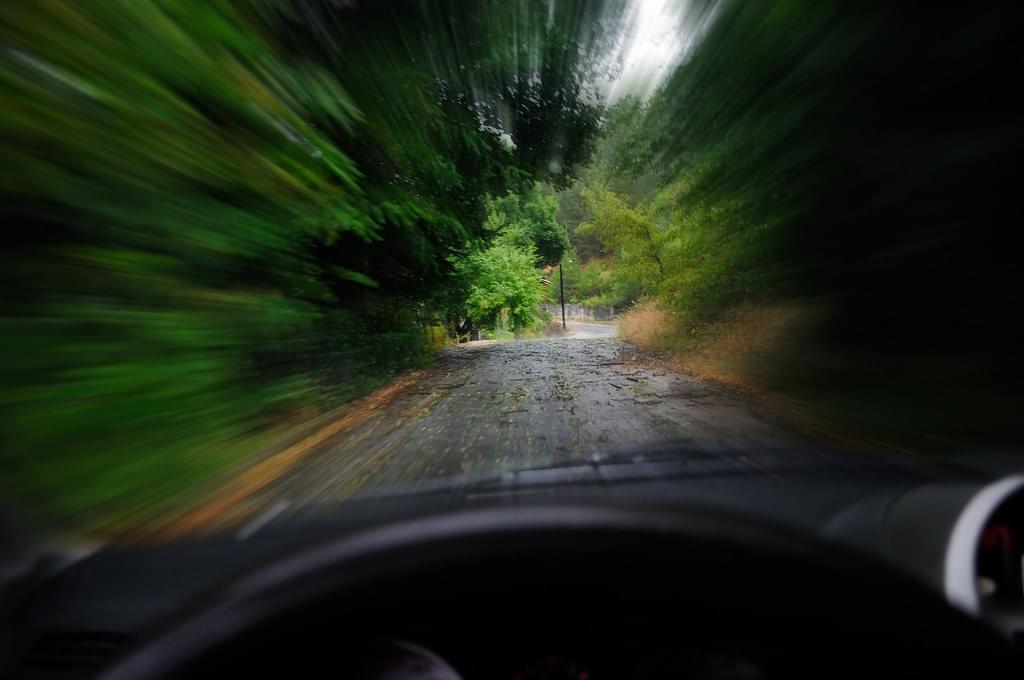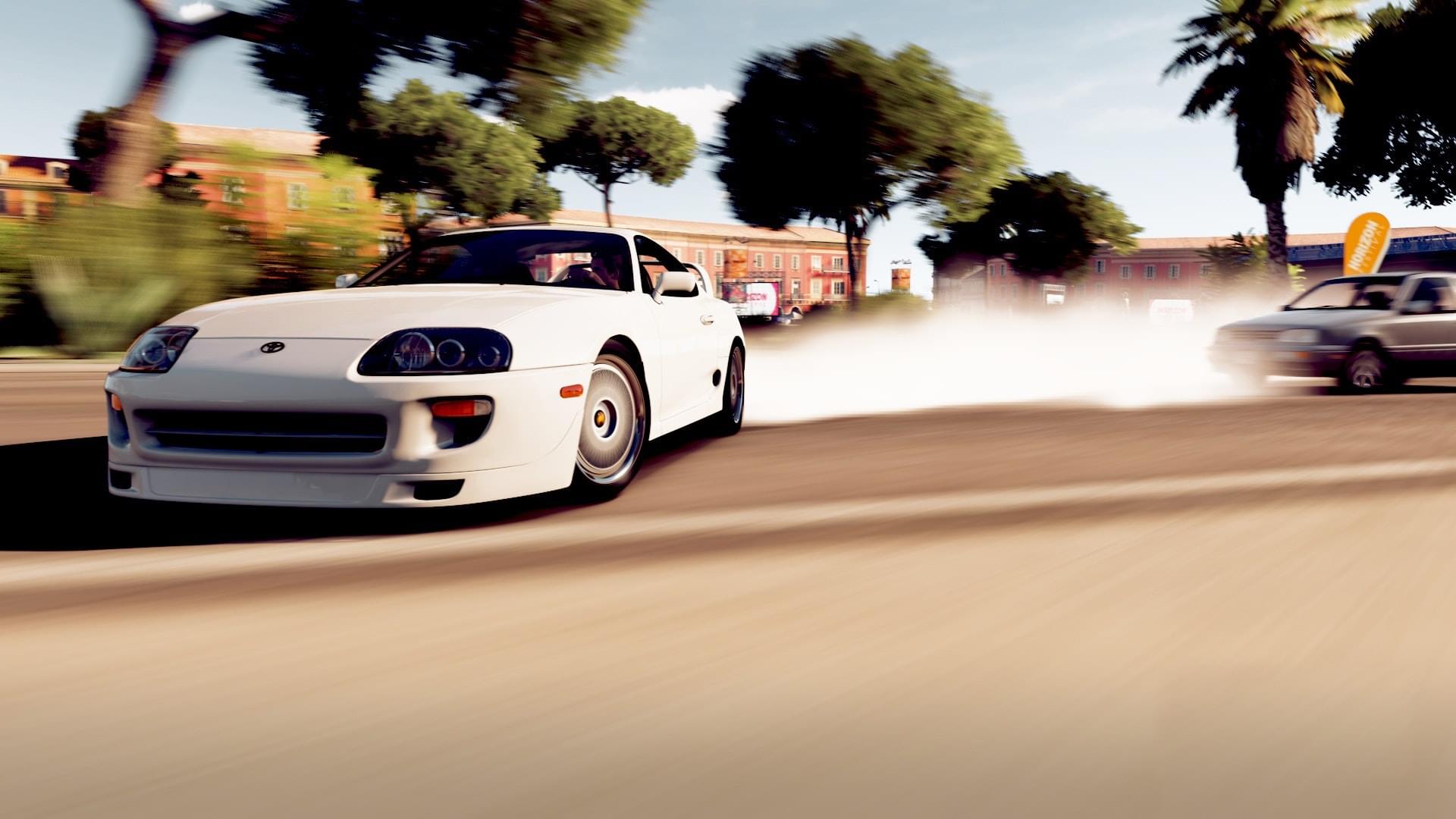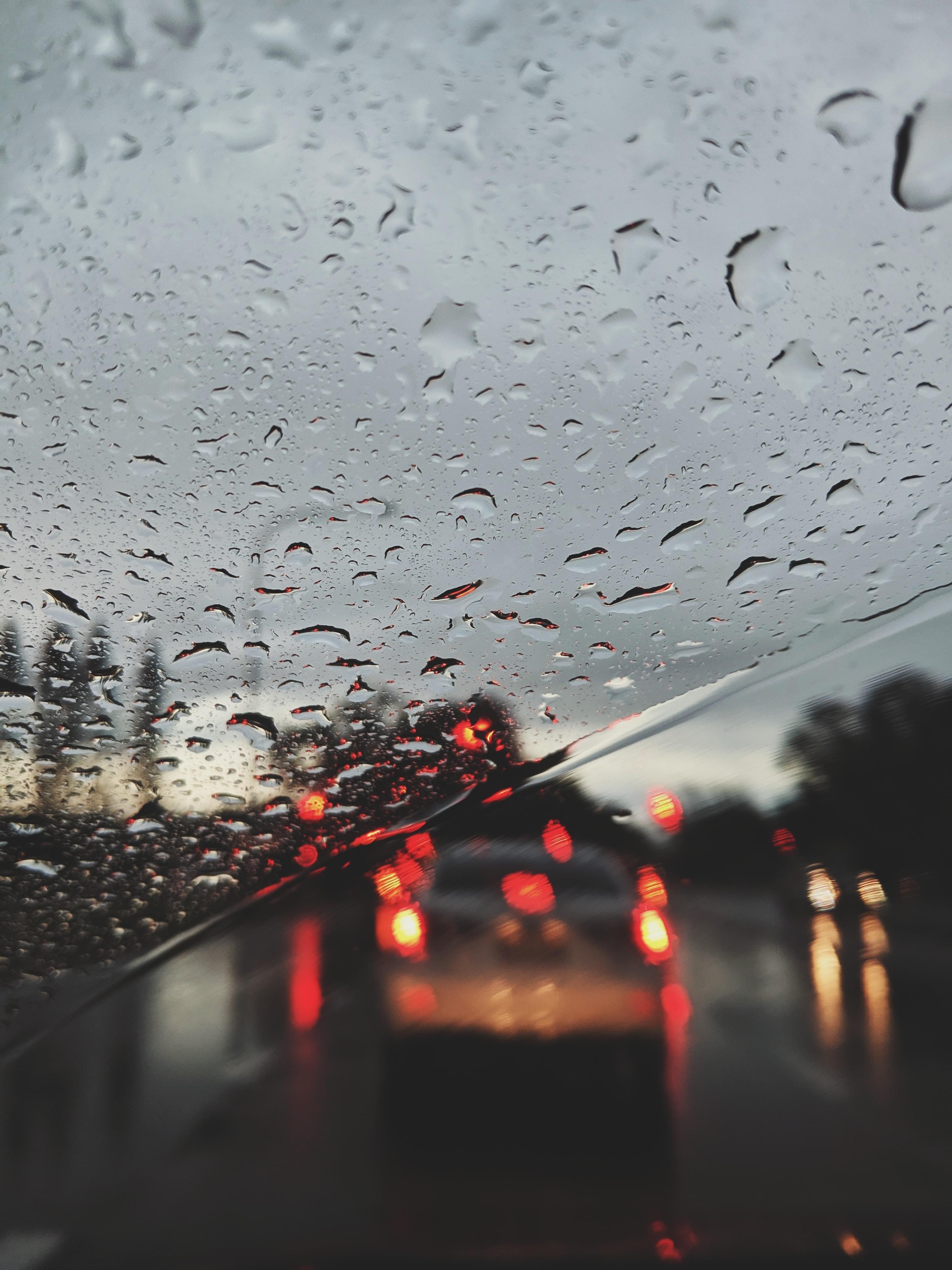1. Distracted Driving
For a complete description of the dangers of distracted driving checkout one of our past blog The Truth About Distracted Driving. One of the main issues that keep distracted driving a reoccurring issue is the overconfidence of drivers. The majority of drivers on the road feel that using their phone, eating, applying makeup, etc. has little to no effect on their driving abilities. According to the NHTSA, 80% of auto accidents involve some type of driver distraction within 3 seconds of the crash.
How to avoid it: (The obvious answer is to remain focused on the road while driving, but here are a few tips to help you avoid the temptation.)
- Use a restriction on your phone such as –AT&T Drive Mode to limit the use of your phone while driving
- If you listen to music while driving preset your radio stations or create a playlist on your phone with the songs you know you will want to listen to while on the road.
- Practice the routine of keeping the time period where your eyes are off the road to less than 2 seconds. Look away from the road only to check your mirrors and scan for hazards.
- Make a rule against eating in your car, or at least against eating while driving.
2. Drunk Driving
According to seriousaccidents.com the legal limit for a DUI is a Blood Alcohol Concentration of 0.08 % or higher. If you have had even one drink, the wise decision is to avoid driving. Recent advancements in the transportation industry have made it much easier to find an alternative ride home through services such as Uber and Lyft. On average one person every 48 minutes loses their life in a drunk-driving crash. Avoid adding to the numbers, don’t drink and drive.
3. Speeding
Around 33% of accidents and 26% of traffic fatalities can be attributed to speeding. Sadly, around 75% of drivers admit to speeding on a regular basis. Speeding even just 5 MPH over the limit can increase your stopping distance making you a danger to others on the road. Even though speeding is common, it actually isn’t effective from a standpoint of saving time. For example, driving a distance of 15 miles at 65 MPH where the speed limit is 55MPH will only save you around 2.5 minutes. The perceived benefit is definitely not worth the risk.
How to avoid it:
- If drivers around you are speeding, move into the right lane and allow them to pass. Do your best to keep your distance.
- Utilize the cruise control if your vehicle has it. This will prevent you from gradually increasing your speed.
- If you are unsure what the speed limit is, ask a passenger to pull up a navigation system such as Apple Maps. This application will provide you with the speed limit.
4. Reckless Driving
Reckless driving occurs when a driver displays a disregard for the rules of the road or for the safety of the drivers/pedestrians around them. Reckless driving includes but is not limited to practices such as tailgating, excessive speeding, weaving through traffic, driving under the influence, or running stop signs/red lights. Avoid doing any of these while driving, and watch out for other drivers on the road who are driving recklessly.
5. Weather/Rain
The two main dangers that rain presents to drivers are lowered traction and decreased visibility. According to the Federal Highway Administration, around 21% of vehicle crashes are related to rain or weather. Although driving in the rain is sometimes unavoidable, there are a few practices that can help keep you safe
- Driver slowly
- Take turns at a gradual pace
- Keep your headlights on
- Replace your windshield wipers regularly
- Avoid sudden braking

